Saffron, a nutritional powerhouse
Saffron, a nutritional powerhouse
Saffron has been used for nearly 4,000 years for its medicinal properties. In this article, we open the nutritional components present in Saffron, helping you better understand this precious spice, which is considered the "red gold" of nature.
Saffron i the red pistil inside the Crocus Sativus flower. Taxonomically, saffron is placed under the division Magnoliophyta. It is a small autumn flowering perennial herb having a height of 6–10 in. Its roots resemble onion-like corm. Each shoot produces 1–4 flowers that are fragrant and light purple in color. The flower contains six violet tepals; androecium consists of three sagittate anther containing stamens whereas gynoecium possesses characteristic red stigma composed of three filaments. It is developed from corms or bulbs and no seed propagation occurs in case of saffron. From one flower, three stigmas are obtained and one bulb produces one to seven stamens. Each corm produces numerous roots of white color and variable lengths. Saffron grows preferably in regions with cold winters and hot summers also showing resistance to frost. C. sativus, the most important plant under the genus Crocus, has fascinated and intrigued humankind. The domesticated saffron C. sativus is not found in the wild. It is presumably a descendent of “wild saffron” of the Mediterranean region, identified as C. cartwrightianus. C. pallasii and C. thomasii are considered as the other ancestral lineage of modern day saffron . Cultivated C. sativus (n = 12) is triploid, whereas wild species has shown diploidy with chromosome number varied from 2n = 12 to 2n = 24.
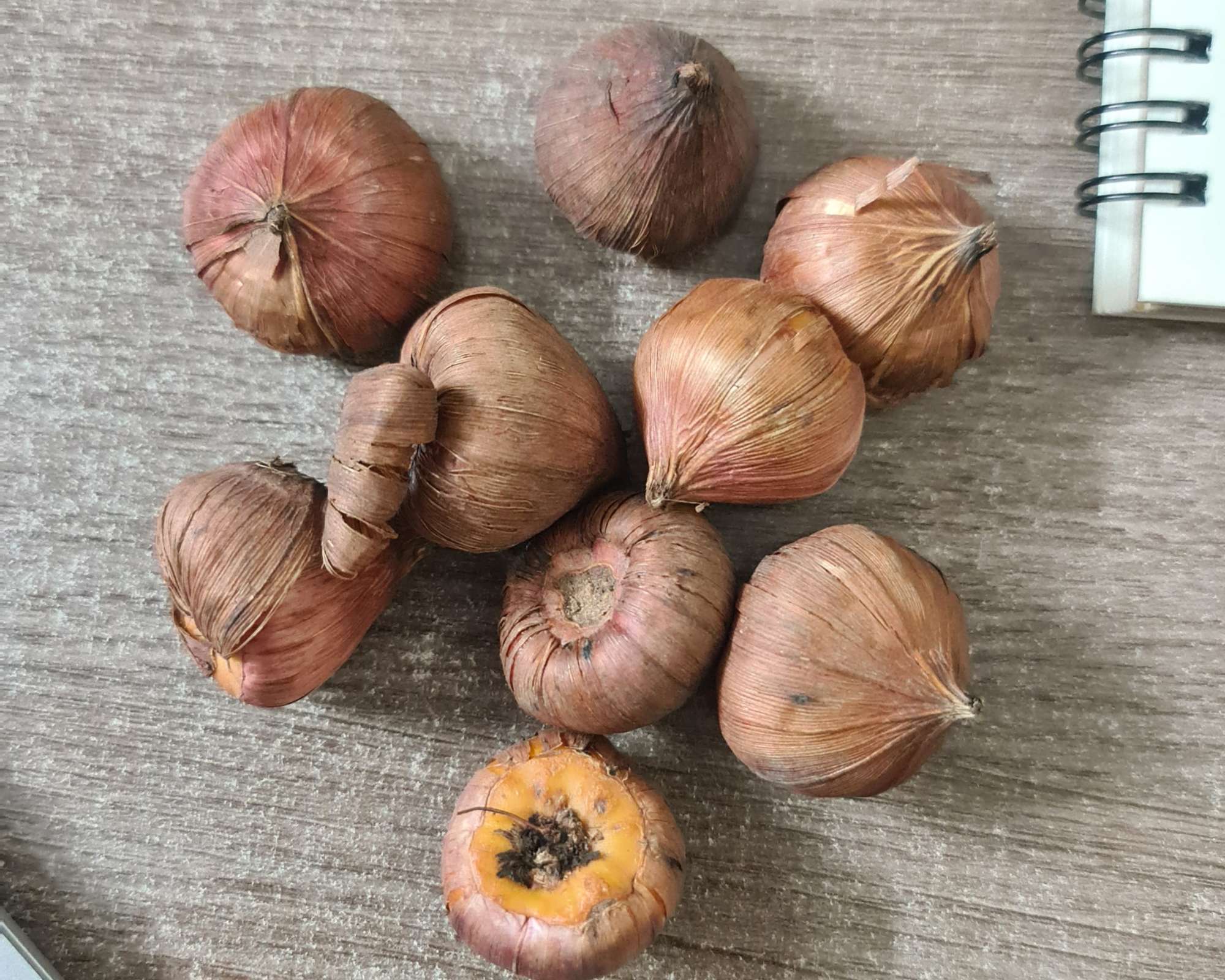
.jpg)
Saffron contains an impressive array of plant compounds. The principle pigments of saffron are crocin, safranal, glycoside picrocrocin and crocetin. Let’s take a look at each of the health benefits of this spice, one by one, through each of the nutrients it contains.
CROCIN AND CROCETIN
Saffron is rich in carotenoids, two important natural carotenoids of this spice are crocin and crocetin, which give saffron its vibrant red color and unique flavor. Crocin is a glycosylated compound, meaning it has a sugar molecule attached. This modification may affect the absorption and bioavailability of crocin in the body.
Some studies have suggested that crocin and crocetin may have certain health benefits, including:
- Antioxidant activity: crocin and crocetin have been shown to have antioxidant properties, which can help protect cells from damage caused by free radicals.
- Anti-inflammatory effects: crocin and crocetin may have anti-inflammatory properties, which could help reduce inflammation in the body.
- Neuroprotective effects: Some studies suggest that crocin and crocetin may have neuroprotective properties, potentially helping to protect brain cells from damage.
What is the difference between crocin and crocetin?
Following oral administration, crocetin is rapidly absorbed into the blood circulation and widely distributed into the extra-vascular tissues of the body, whereas the water-soluble compound crocin is hardly absorbed through the gastrointestinal tract.
SAFRANAL
Safranal is an organic compound isolated from saffron. It is a volatile compound that belongs to the class of terpenoids. Safranal is considered a degradation product of zeaxanthin formed through a pathway where picrocrocin is an intermediate. Saffronal is responsible for the distinctive flavor and aroma of saffron, and it is believed to be one of the main compounds that contribute to its therapeutic properties.
Many research show that safranal may have benefits for several health conditions, such as inflammation, asthma, hypertension, cancer, depression
PICROCROCIN
Picrocrocin is another key compound found in saffron. It is a monoterpene glycoside precursor of safranal. Picrocrocin has a bitter taste. It is a glycoside, consisting of a sugar molecule (glucose) attached to a bitter aglycone.
Picrocrocin is responsible for the saffron's bitter taste, which is often described as a slightly metallic or pungent flavor. While it may not be as desirable as the sweet and floral notes of other saffron compounds, picrocrocin contributes to the overall complexity and uniqueness of saffron's flavor profile.
In addition to its bitter taste, picrocrocin may also have some health benefits. Some studies suggest that it may have antioxidant and anti-inflammatory properties.
KAEMPFEROL
Kaempferol, a flavonoid phytoestrogen, is found in saffron flower petals, yellow fruits, broccoli, and grapes.
This compound has been reported to possess anticancer, antimicrobial, neuroprotective, antioxidant, antiallergic, and cardioprotective activities. It has antitoxicological role against various types of cancers. It also intricates in the regulation of metastasis, cell cycle, apoptosis, and blood vessel formation in various cancer cell types.
This compound also may help boost your immune system and protect your body against several viruses, including: hepatitis B, flu, HIV, respiratory syncytial virus.

CONCLUSION
From ancient times, saffron is utilized as a stabilizing agent in Ayurvedic formulations. Moreover, this spice is utilized as a valuable food additive, taste enhancer, flavoring and coloring component in foodstuff. In the traditional medicine, therapeutic applications of saffron include anti-perspirant, abortifacient, pro-digestive, anti-agitative, anti-asthmatic and aphrodisiac properties. Saffron is often tested for its medicinal efficacy against involuntary muscular contractions, indigestion and gastric inflammation, toothache, insomnia, convulsions, neurodegenerative disorders, breathing troubles, cough and cold, bronchitis, cardiovascular problems and cancer.
C. sativus is further reported with antihypertensive, anti-genototoxic, antioxidant, anti-inflammatory, anti-depressant and neuroprotective activities. According to experimental assays, most of these activities are attributed to the marker apocarotenoids and their derivatives. Presence of many double bonds and glucose sugar center on carotenoids is attributed to the elevated anti-oxidant property of the apocarotenoids enabling these to function as remarkable sources of functional food and nutraceuticals.
Moreover, anti-carcinogenic, anti-mutagenic and immune-modulating activities of the plant are mostly implicated to the underlying DNA-protein interaction inhibitory mechanism of the apocarotenoids. Besides, apocarotenoids modulate detoxifying enzymes alleviating oxidative stress, reducing telomerase activity, facilitating apoptosis and inhibits synthesis of nucleic acid and protein synthesis.
While saffron can be expensive, its rich history, distinctive taste, and potential health benefits make it a worthwhile addition to your spice collection. Whether used in culinary creations or explored for its medicinal properties, saffron offers a truly unique and valuable experience.
Compiled and written by Crocus Media
Products
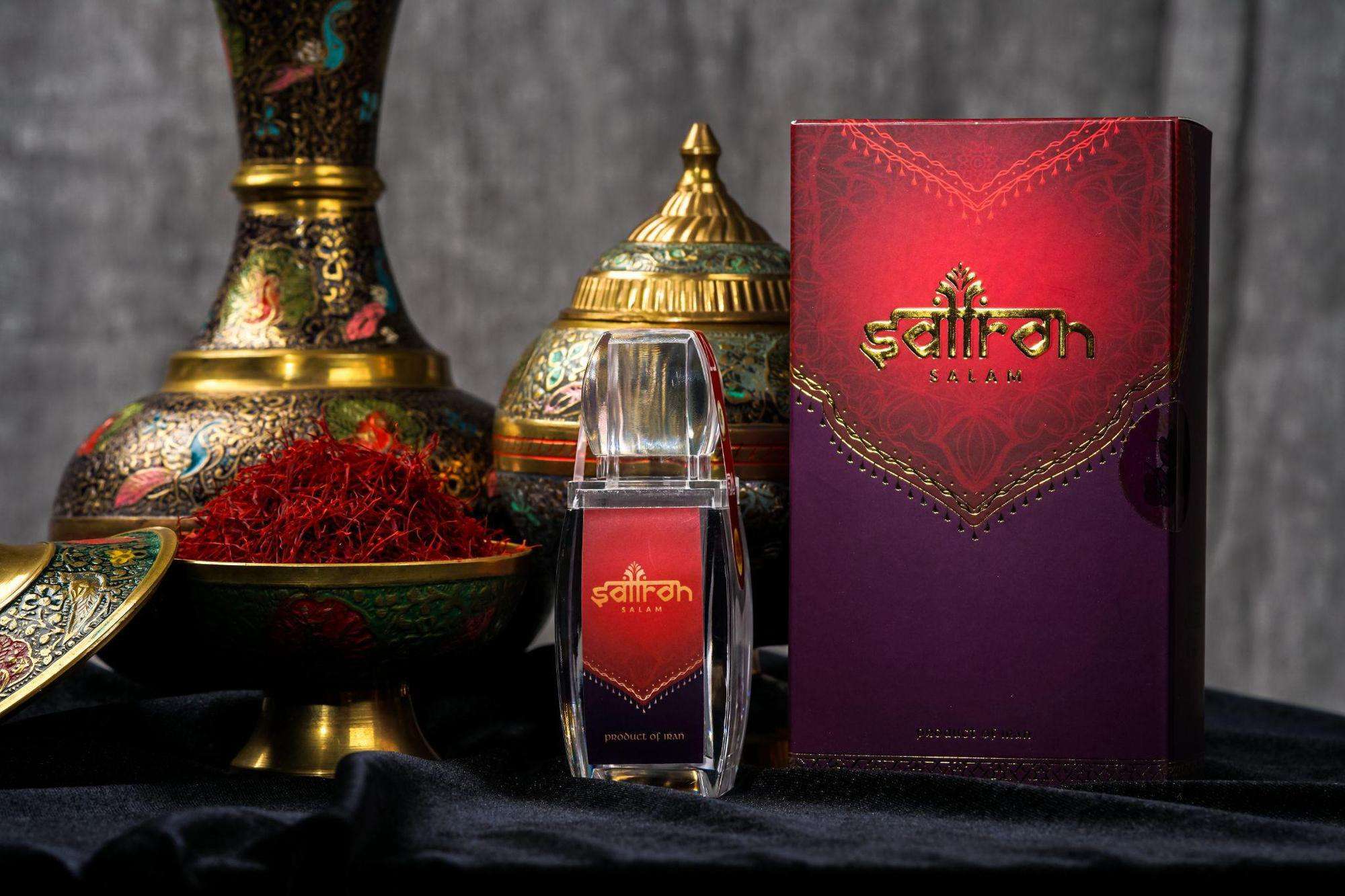
Negin Saffron Mashhad
Saffron Negin Salam is grown in the high mountains of the Mashhad region, where the air is fresh. Saffron is watered with dew, due to resistant to the dry wind blowing in the summer, so the surviving plants have the most intense vitality.
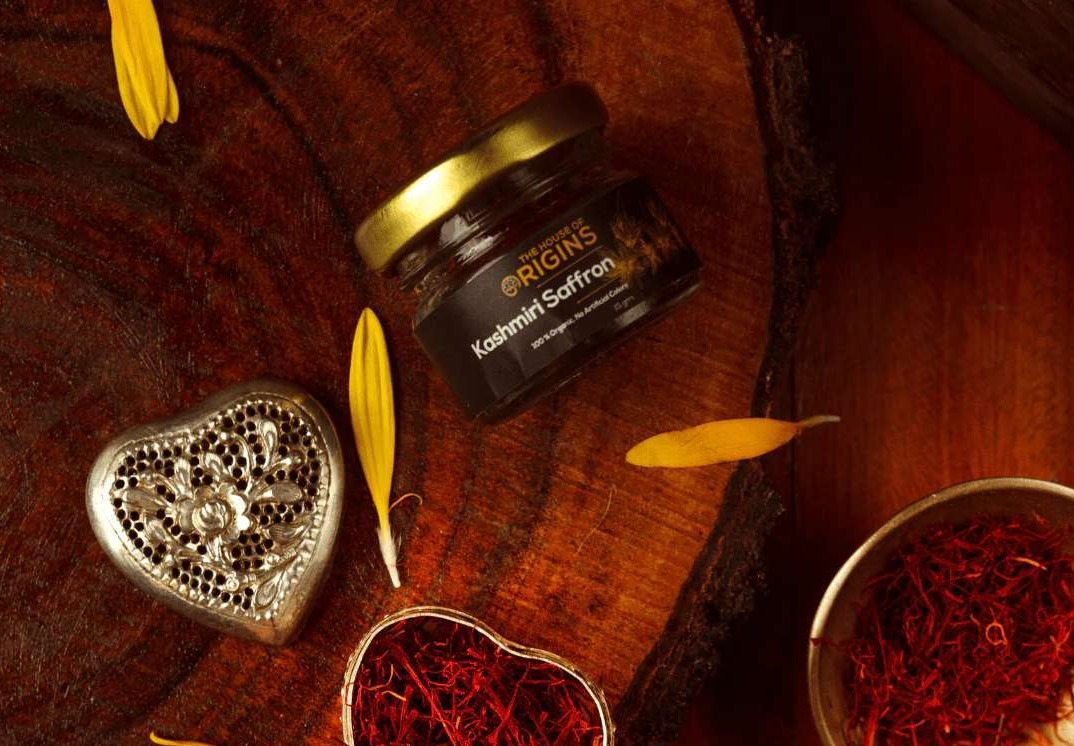
Negin Saffron Kashmiri
Negin Saffron from The House of Origins is legally sourced with high quality. There are a plethora of famous saffron raw material areas, but the Kashmiri pistil from India has a better quality because the climatic and soil conditions are more suitable for them. Each Kashmiri saffron has 3 delicate branches of saffron that are skillfully hand-picked by the local Lethapora farmer community to bring you the original and pure 'red gold'.
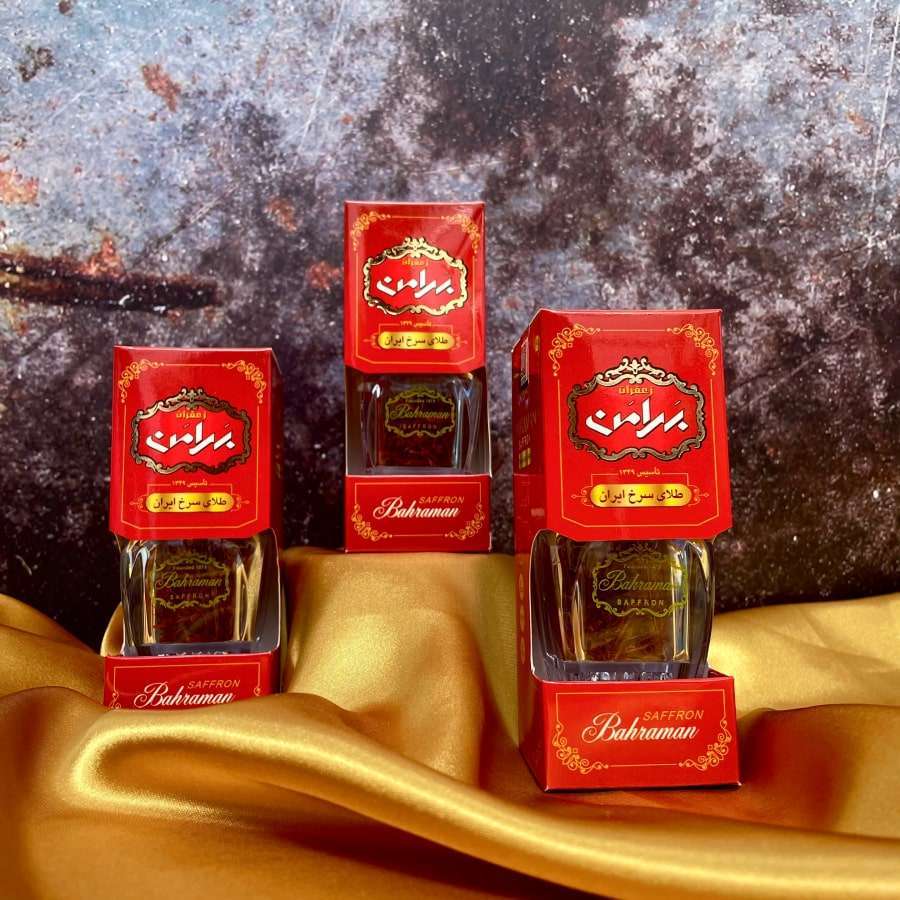
Negin Saffron Iran
Negin Saffron Bahraman is a dried saffron pistil produced by Bahraman Saffron Iran company. Saffron Bahraman is known as one of the most valuable and expensive herbs in the Middle East. Bahraman products are the output of a growing, cultivating and harvesting process that uses a limited amount of fertilizer. Therefore, bahraman saffron still ensures high quality, retains aroma and high nutritional content to ensure safety for users.
References
3. Cytogenetic and bioactive attributes of Crocus sativus
4. Crocetin and Its Glycoside Crocin, Two Bioactive Constituents From Crocus sativus L.
5. Crocetin and Crocin from Saffron in Cancer Chemotherapy and Chemoprevention
6. Crocin, safranal and picrocrocin from saffron (Crocus sativus L.) inhibit the growth of human cancer cells

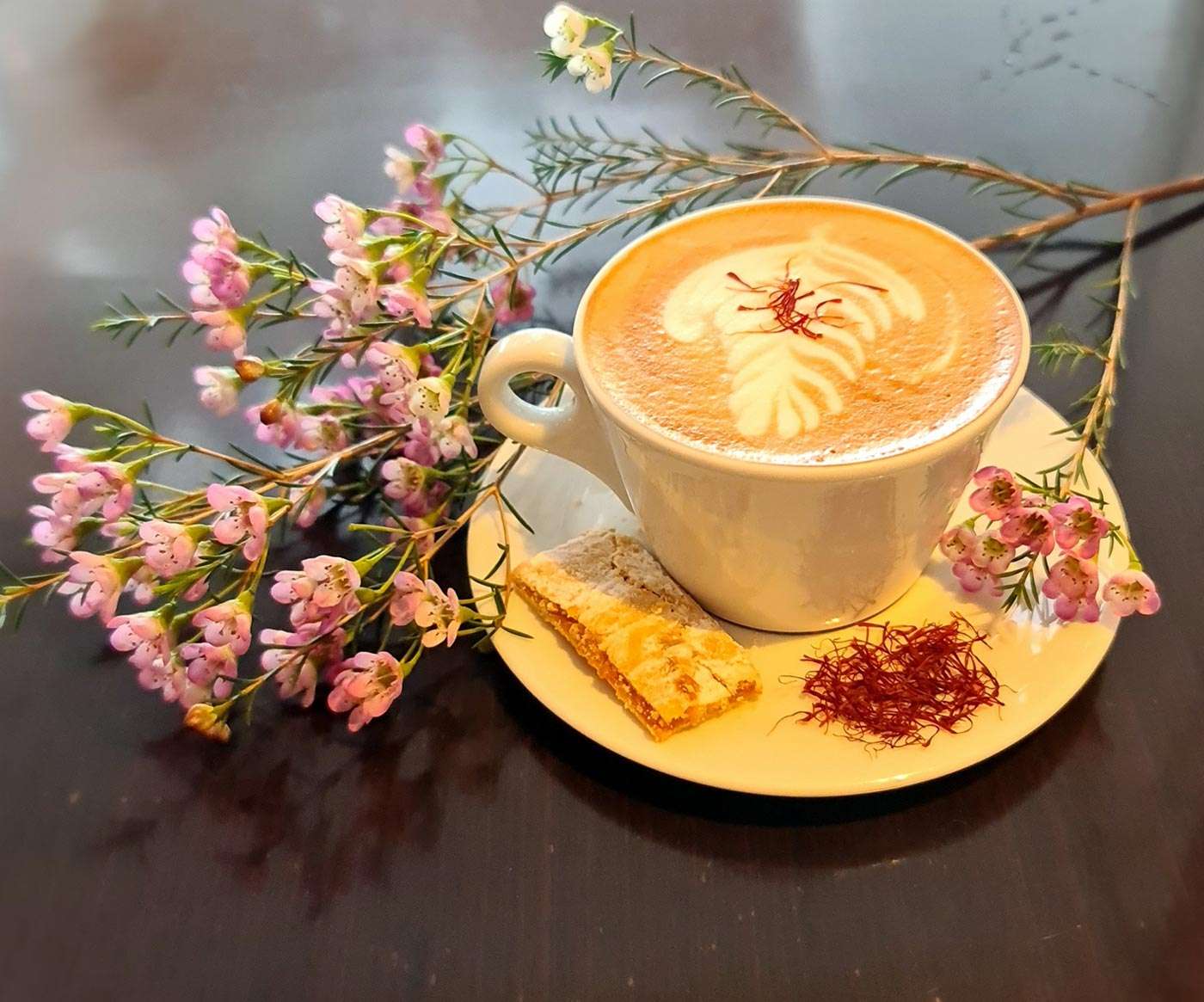
.jpg)